vestibular disease in cats recurrence
I want to give it to my 145 yo diabetic toy poodle with vestibular disease my vet doesnt. Vestibular disease in cats is a condition in which a cat suddenly develops incoordination falling or circling to one side involuntary darting of the eyes back and forth nystagmus a head tilt and often nausea or vomiting.
:max_bytes(150000):strip_icc()/LizWaynickRVT-6043000b4d5949a7a9ce58a0a156ddeb.jpg)
How To Treat Vestibular Disease In Cats
There are some other causes of vestibular disease and if any signs of this problem persist beyond three weeks it would be best to have Ziggy rechecked by your vet.

. Vestibular disorder is an umbrella term used to encompass many different conditions that affect the inner ear and those parts of the central nervous system involved in maintaining balance. Common signs of vestibular syndrome in dogs and cats include loss of balance falling rolling over abnormal flickering of the eyes and general wobbliness. Vestibular disorders can result from or be worsened by injuries genetic or environmental conditions or occur for unknown reasons.
Vestibular disease in cats recurrence Friday March 11 2022 Edit 7 Classically no other neural deficits besides vestibular dysfunction are present ie cranial nerve VII or Horners. Vestibular disease is a condition in which a cat suddenly develops incoordination falling or circling to one side involuntary darting of the eyes back and forth called nystagmus a head tilt and often nausea or vomiting. Vestibular neuritis Canine idiopathic peripheral.
Many conditions can cause the disease and the vast majority of cases are diagnosed. Finally we suggest some effective homeopathic remedies. Idiopathic vestibular disease often has a rapid onset but most cats start getting better over the following seven to ten days gaining full recovery within weeks.
The vestibular system or apparatus as it is also known is responsible for maintaining balance posture and. The causes of vestibular disease in cats include but are not limited to. Vestibular disease in cats is a condition in which a cat suddenly develops incoordination falling or circling to one side involuntary darting of the eyes back and forth nystagmus a head tilt and often nausea or vomiting.
There are several studies investigating how to differentiate between peripheral and central vestibular disease but only limited information regarding the possible underlying causes for peripheral vestibular dysfunction in dogs. The vestibular system is comprised of a receptor located close to the middle ear a short nerve and the lower stem of the brain. Explore the recovery time for the old dog vestibular disease or syndrome.
The condition often manifests suddenly. Vestibular syndrome refers to a group of diseases that affect the balance system also known as the vestibular system. Mike Richards DVM 1232001 Peripheral vestibular syndrome in golden retriever.
However some continue to suffer residual effects for life such as a slight wobble or head tilt. There are more than twenty-five known vestibular. It is the most consistent sign of unilateral vestibular dysfunction which occurs as a result of the loss of anti-gravity muscle tone on one side of the neck.
Mike Richards DVM 1232001 Peripheral vestibular syndrome in golden retriever. - ACTH stimulation or low dose dexamethasone suppression test. Vestibular disease is one of the most common neurological presentations in veterinary neurology and can be one of the most challenging.
Shar-Pei Recurrent Fever Syndrome. Herein we also highlight the difference between canine vestibular syndrome vs stroke vs a brain tumor. Old dog vestibular disease recurrence.
Cats affected by vestibular disease tend to fall to one side tilt their heads and experience unintentional eye movement. This can result in among other things imbalance and loss of motor skills. Vestibular Disease in Dogs and Cats - WSAVA2008 - VIN.
- abdominal and thoracic imaging. This is a new vet who took over the practice when our. The most common clinical signs of vestibular disease include circling or falling to one side a pronounced head tilt and rapid and involuntary oscillating movement of the eyeballs.
These clinical signs usually appear suddenly often in less than an hour. The vestibular apparatus is the neurological equipment responsible for perceiving ones bodys orientation relative to the earth determining if you are upside-down standing up straight falling etc. Feline vestibular syndrome is a condition that affects the nervous system and causes a lack of coordination in cats.
Apart from how long the disease lasts we also assess recurrence rates. Causes of the condition can include chronic and recurrent inner and middle ear infections overzealous cleaning of. Viral Papillomas of Dogs.
Bacterial and fungal infection Inflammatory diseases Tumors Nasopharyngeal polyps Cancer Head trauma Allergic reactions to medication. Cats with vestibular disease may experience other symptoms based. Vestibular disease is a disease that can affect cats of all ages.
Feline vestibular syndrome itself is. Acute Vestibular Disease in Old Dogs. The odds are high that wont be necessary though.
Vestibular disease in cats is a condition in which a cat suddenly develops incoordination falling or circling to one side involuntary darting of the eyes back and forth nystagmus a head tilt and often nausea or vomiting. Bilateral vestibular disease may also cause a head tilt if the. The onset of a head tilt is a cardinal sign of vestibular disease.
Top best answers to the question Can vestibular disease in dogs reoccur Answered by Lillian Schmidt on Wed Apr 28 2021 1112 AM. Vestibular dysfunction is relatively common in dogs with a prevalence of 008 reported in primary veterinary care in the UK. Vestibular Disease in Dogs and Cats.
A cats vestibular system is the complex arrangement of nerves and other components that governs its sense of balance and coordinate the movement of its head and eyes. While idiopathic vestibular disease can recur in dogs after initial improvement it is less common than with strokes and the interval between episodes is typically longer with idiopathic vestibular disease months or more. Symptoms of Vestibular Disease in Cats Uncoordinated gait Circling to one side Head tilt Rapid eye movement Loss of appetite Nauseavomiting.
These clinical signs usually appear suddenly many times in less than an hour. Surgical removal via a bulla os- teotomyear canal ablation has a recurrence rate of less than 1027 Vestibular signs Horner syndrome and facial nerve paresis which are usually transient can occur as sequelae of surgical polypectomy19 Canine and feline idiopathic peripheral vestibular disease. Vestibular syndrome in cats is a set of clinical symptoms that can arise suddenly caused by alterations to the vestibular system.
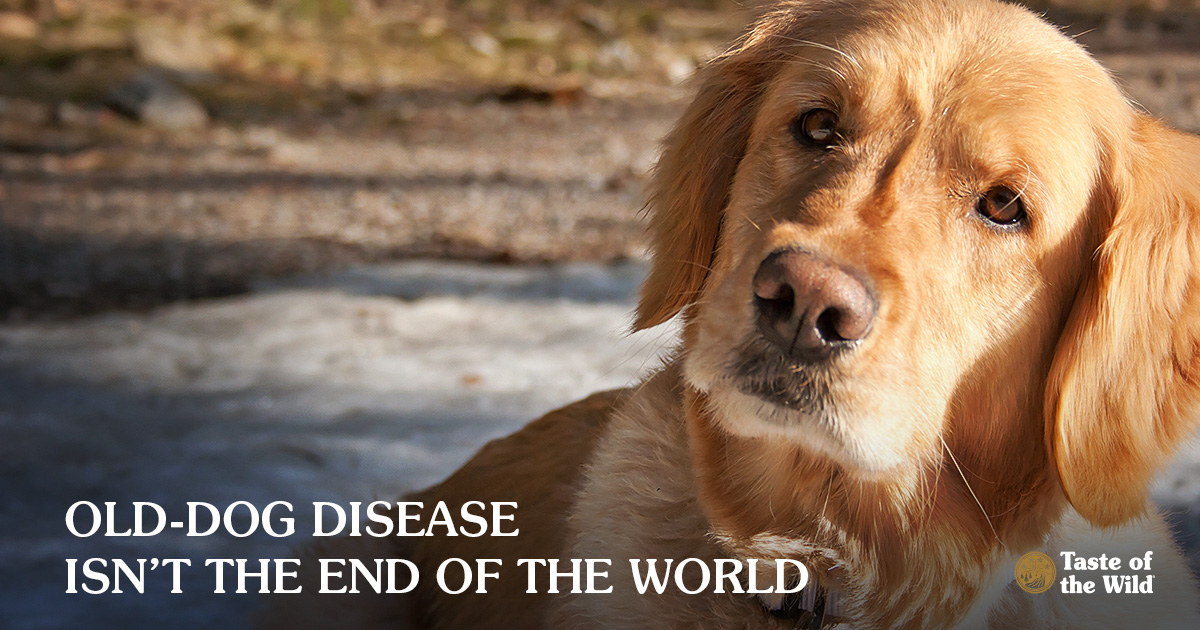
Is It A Stroke Or Old Dog Vestibular Syndrome Taste Of The Wild

A Truly Special Boy Pugs Funny Pugs Baby Pugs

Feline Geriatric Vestibular Syndrome Lovetoknow
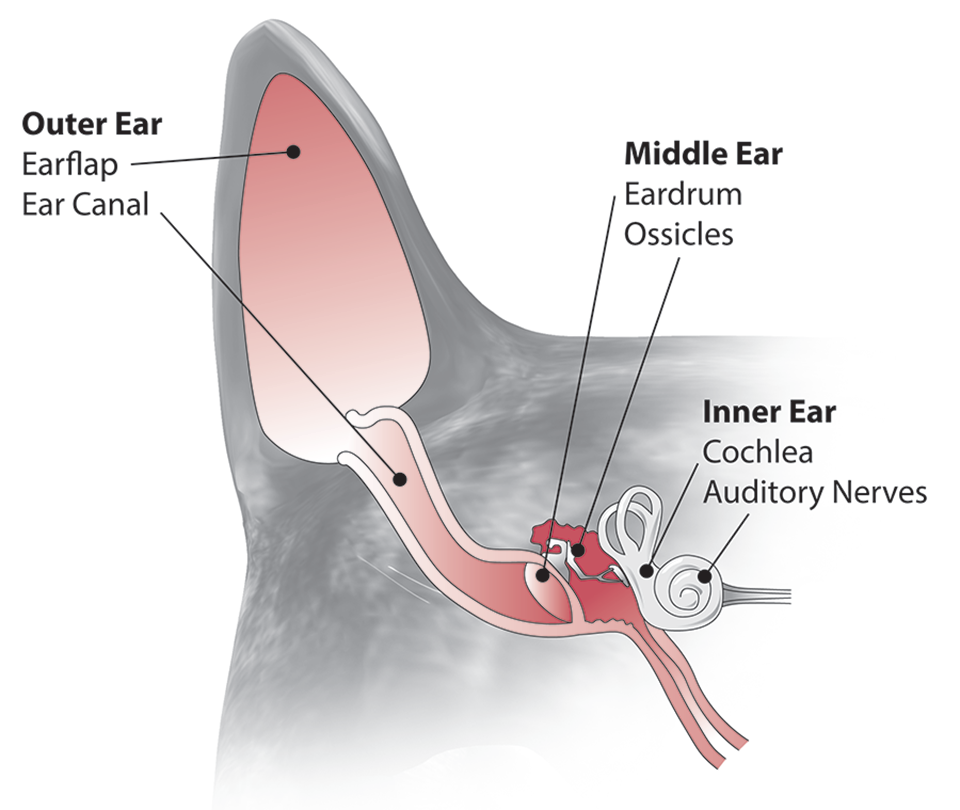
Vestibular Syndrome In Cats Catwatch Newsletter

Feline Geriatric Vestibular Syndrome Lovetoknow
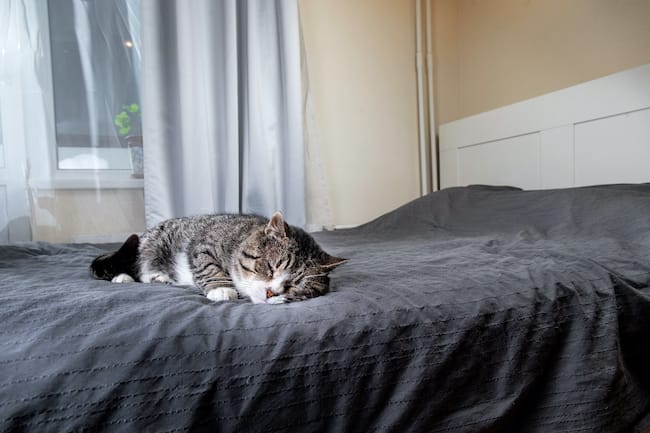
Vestibular Syndrome Lap Of Love
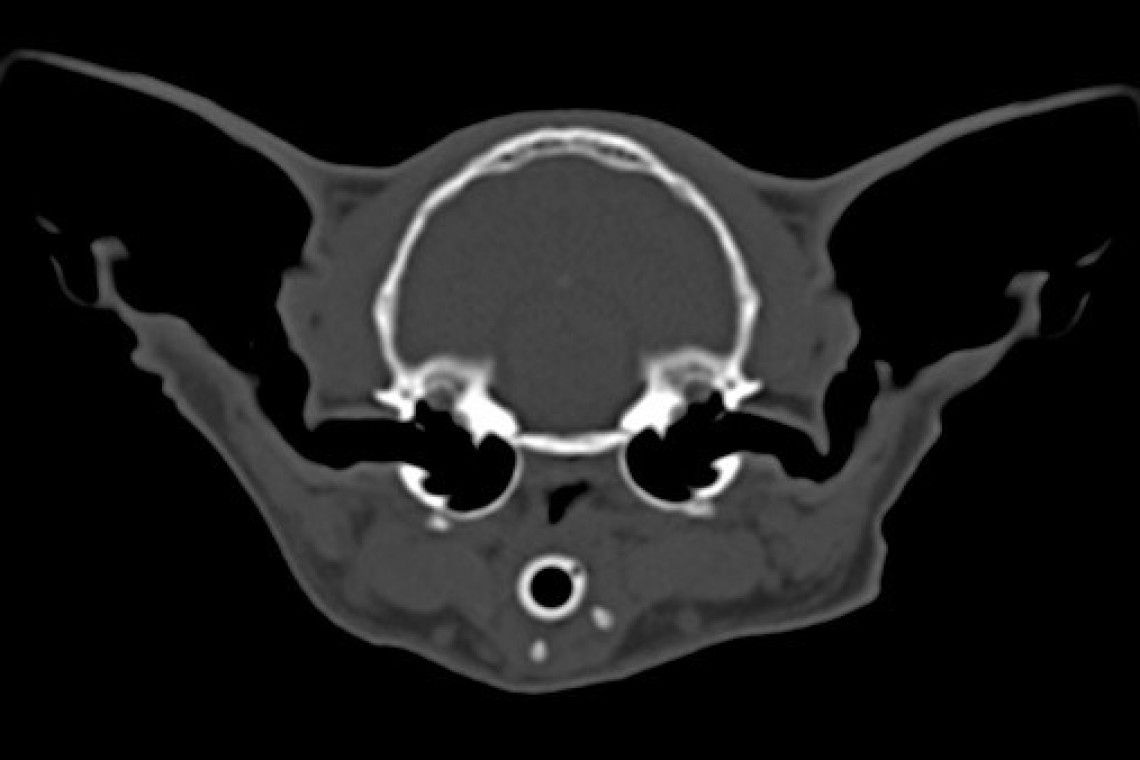
Vestibular Disease Fitzpatrick Referrals
/SiameseKittne-2440126fcf5f4fd7a8a90ae65a47d780.jpg)
How To Treat Vestibular Disease In Cats

Do Cats Get Dizzy From Not Eating Hyaenidae

Feline Geriatric Vestibular Syndrome Lovetoknow
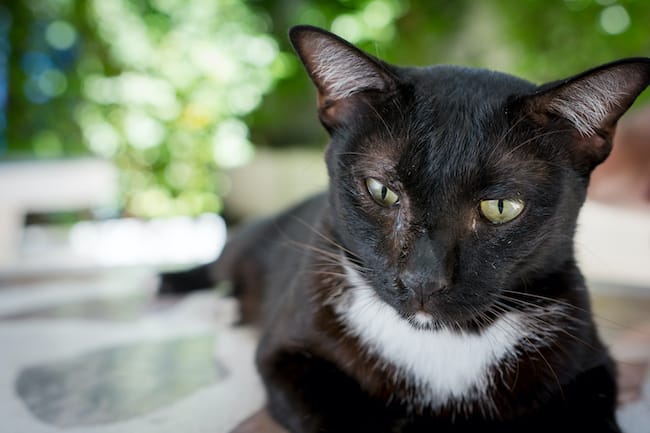
Vestibular Syndrome Lap Of Love

About Vestibular Disease In Cats Carolina Veterinary Specialists Winston Salem Vet
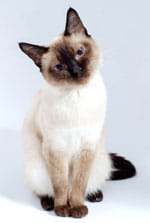
Feline Vestibular Disease Vca Animal Hospitals

List Of Cat Diseases And Symptoms Lovetoknow
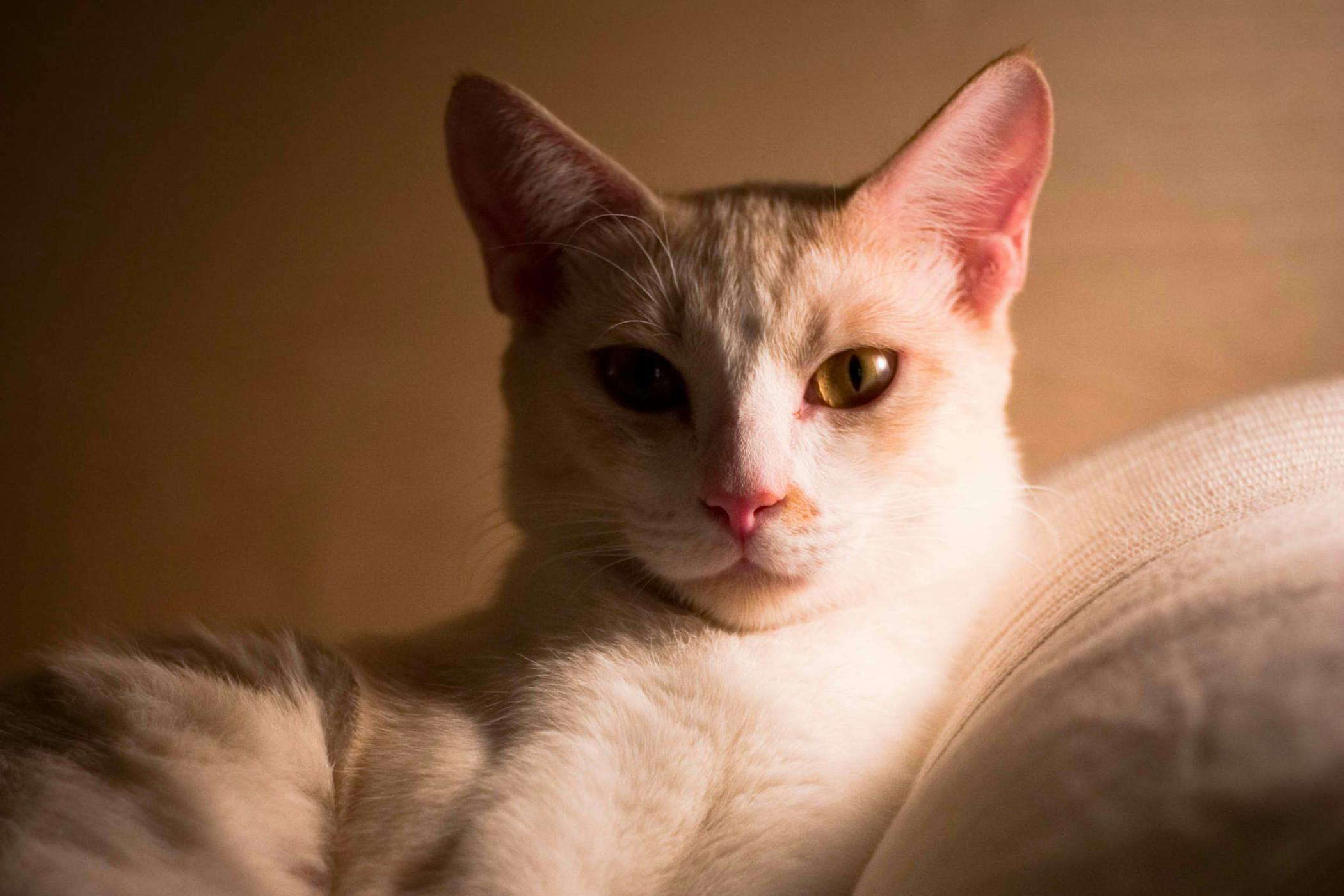
Vestibular Disease In Cats Symptoms Causes Diagnosis Treatment Recovery Management Cost
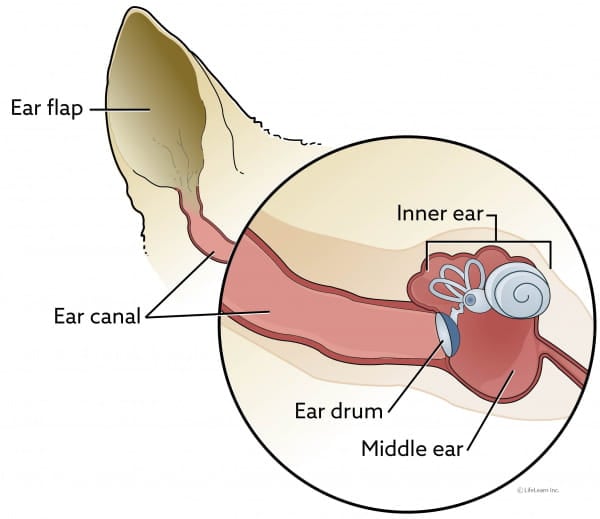
Feline Vestibular Disease Vca Animal Hospitals

Feline Geriatric Vestibular Syndrome Lovetoknow

